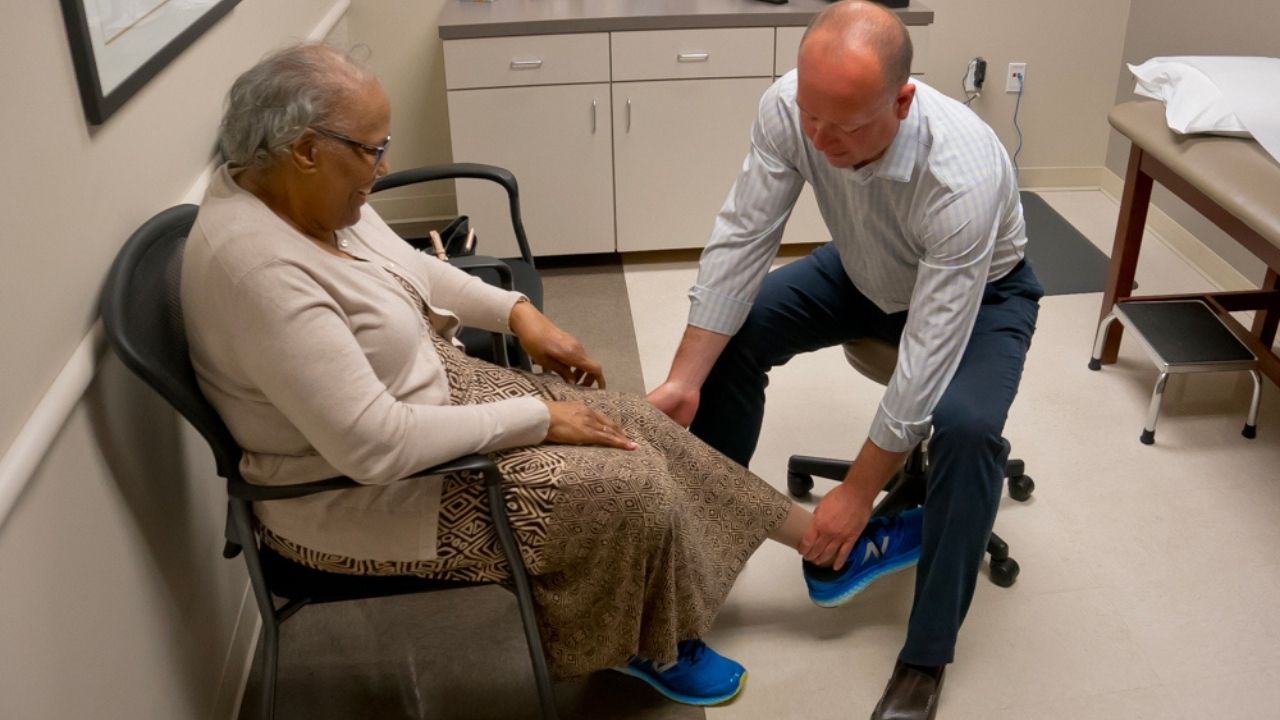CHANDIGARH
Bone cancer can start in any bone in the body, but the pelvis and long bones in the arms and legs are the most usually affected. Bone cancer is extremely rare, accounting for less than 1% of all cancers.
Bone tumours that aren’t cancerous are far more common than cancerous ones.
Cancers that start elsewhere in the body and spread to the bone are not considered “bone cancer.” Instead, those malignancies are termed after the location where they first appeared, such as breast cancer that has spread to the bone.
Some forms of bone cancer are more common in youngsters, whereas others are more common in adults.
The most usual treatment is surgical removal, but chemotherapy and radiation therapy may also be used. The type of bone cancer being treated determines whether surgery, chemotherapy, or radiation therapy is used.
Symptoms:
Bone cancer can cause the following signs and symptoms:
• Bone discomfort
• Swelling and tenderness near the afflicted area
• Weakened bone, which can lead to fracture
• Fatigue
• Unintentional weight loss
Bone cancer has several different types.
Bone cancers are classified according to the type of cell that the malignancy started in.
• Osteosarcoma is the most frequent type of bone cancer. The most common type of bone cancer is osteosarcoma. The malignant cells in this tumour generate bone. The bones of the leg or arm are the most commonly affected by this type of bone cancer in children and young people. Osteosarcomas can develop outside of bones in rare cases (extraskeletal osteosarcomas).
• Chondrosarcoma. The second most frequent type of bone cancer is chondrosarcoma. The malignant cells in this tumour create cartilage. In middle-aged and older adults, chondrosarcoma commonly develops in the pelvis, legs, or arms.
• Ewing sarcoma is a type of cancer. The most prevalent sites for Ewing sarcoma tumours in children and young adults are the pelvis, legs, and arms.
Causes:
The majority of bone malignancies have no recognised cause. Hereditary factors have been associated to a small number of bone malignancies, whereas others have been connected to previous radiation exposure.

 हिंदी
हिंदी





